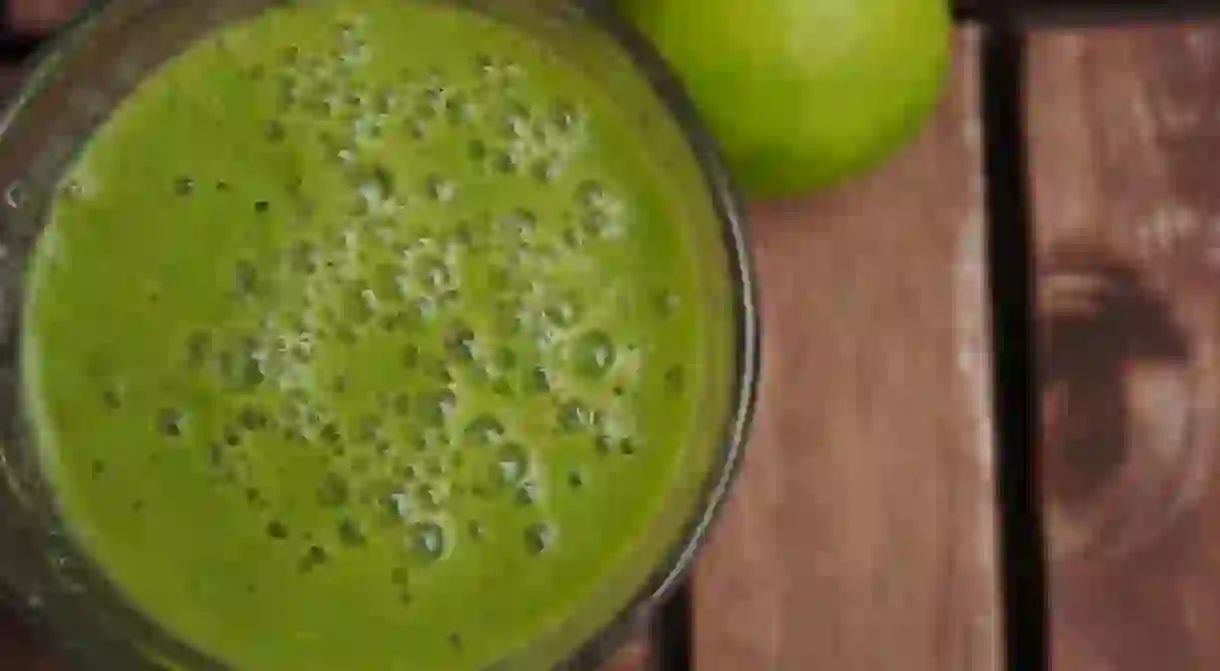10 Essential Drinks You Must Try In Brazil

To truly experience the culture of the country you are traveling in, you want to do things like a local, eat like a local and of course, drink like a local. We took a look at what the locals are drinking in Brazil, and rounded up 10 of the every day drinks here that you have to try.
Coffee
It makes sense to start the list with the first drink of the day for most of Brazil. To many tourists’ surprise, a lot of the coffee in Brazil isn’t to the highest quality, yet it all depends on where you buy it from and how you drink it. The more expensive coffee shops will sell a high standard of freshly ground coffee beans, but try drinking it from a small bakery like the everyday local to get a real taste of Brazil. Order a black coffee, which will be served in a small glass, and add heaps of sugar. Don’t use a little teaspoon – this is all about tablespoon size. Stir and enjoy the sugar and caffeine rush that will keep you going all morning.

Vitamina
This is another way to start the day in Brazil. Vitamina is a fruit smoothie blended with milk and sugar, and is especially popular on the health scene – although the truly health conscious order it without sugar or add sweetener instead. The two most popular vitaminas are banana with granola, and avocado. In Brazil, avocado is eaten sweet and not as a savory item as in some countries. Be sure to try a avocado vitamina – it will leave you wondering why have you never eaten it sweet before.

Cachaça
Being the national distilled spirit of the country, cachaça is an obvious must-try when in Brazil. Like all spirits, some cachaças are good and can be enjoyed sipped to appreciate the flavor; others can give you a hangover simply by looking at them, so the cheapest one are best avoided. One of the most pleasant ways of drinking cachaça is during the Festas Juninas (the June Festivals) where it is served hot with spices such as cinnamon sticks, cloves and ginger, and with orange or lime peel. This type of mulled cachaça is known as Quentão (very hot).
Caipirinha
Caipirinha is undoubtedly the representative of cocktails in Brazil, and is one of the most refreshing alcoholic beverages you could ask for on hot days on the beach. The original caipirinha is made from cachaça, sugar, lime juice and plenty of ice, although using other fruits is common too, such as strawberry, passionfruit and pineapple. There have been various takes on the traditional caipirinha that are worth trying – caipiroska is with vodka instead of cachaça and sakerinha or Caipirinha de saquê is made with the Japanese spirit, sake, which makes an even sweeter alternative.

Caldo de Cana
This diet-busting drink is literally pure sugar cane juice. The strong, thick stems of sugar cane are peeled before being passed through a machine that presses all the delicious juice out. It is then emptied into a metal jug of ice which allows the drink to be poured cold. Traditionally, this drink is served with a freshly-fried pastel at the farmer’s market on a Sunday. It’s a calorific breakfast, yet the one you will look forward to the most all week.
Coconut water
Coconut water is especially common and popular at the coastal cities where a refreshing, cold drink is quite possibly one of the nicest things you can have when on the beach under the blistering sun. The coconuts in Brazil are smooth, round and green, not the brown hairy ones balanced on poles at the school fete. They are left in ice to keep the coconut water cool before having the top sliced off and served with a straw.

Guaraná
Guaraná is a popular soft drink in Brazil, distinguished by the bright green can. It’s high in caffeine and sugar, which has turned it into a popular energy supplement. It is flavored by the fruit guarana, a climbing plant with red berries native to the Amazon basin that is especially common in Brazil. It has a mildly sweet taste that is a mix of apples and berries.
Chimarrão and Tererê
Chimarrão is a caffeine-rich hot drink that is made using the dried leaves of yerba mate (erva-mate in Portuguese). The leaves are soaked in hot water and served with a metal straw before being shared among the group. It is very common to see this in Argentina, yet the custom has spread to the southern states of Brazil too. The other version of mate (pronouned mat-che or ma-tay depending on which state in Brazil) is tererê, which is a cold version and is more common in Mato Grosso do Sul. However, sometimes in other states, the term tererê can be a derogatory term for chimarrão that is not served hot enough.

Xiboquinha
Being the official drink of forró, xiboquinha is easier to find in the northeast of Brazil, the birthplace of forró. It is a mix of cachaça, lemon, honey, cinnamon and ginger, making it taste like alcohol, Christmas and medicine all in one go. The added flavors make it sippable and actually quite pleasant.
Cajuína
The northeast region of Brazil, homeland of the cashew fruits and of the refreshing cajuína. Cajuína is a still, non-alcoholic drink made by blending cashew apples and is especially common in Brazilian states Ceará and Piauí. Served cold, it is deliciously refreshing against the dry, hot days of the northeast.













